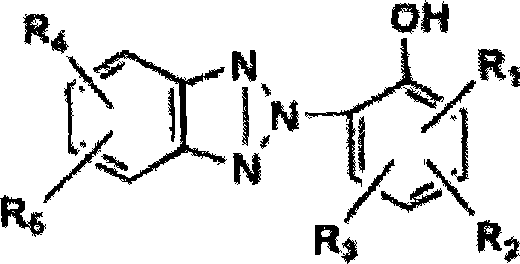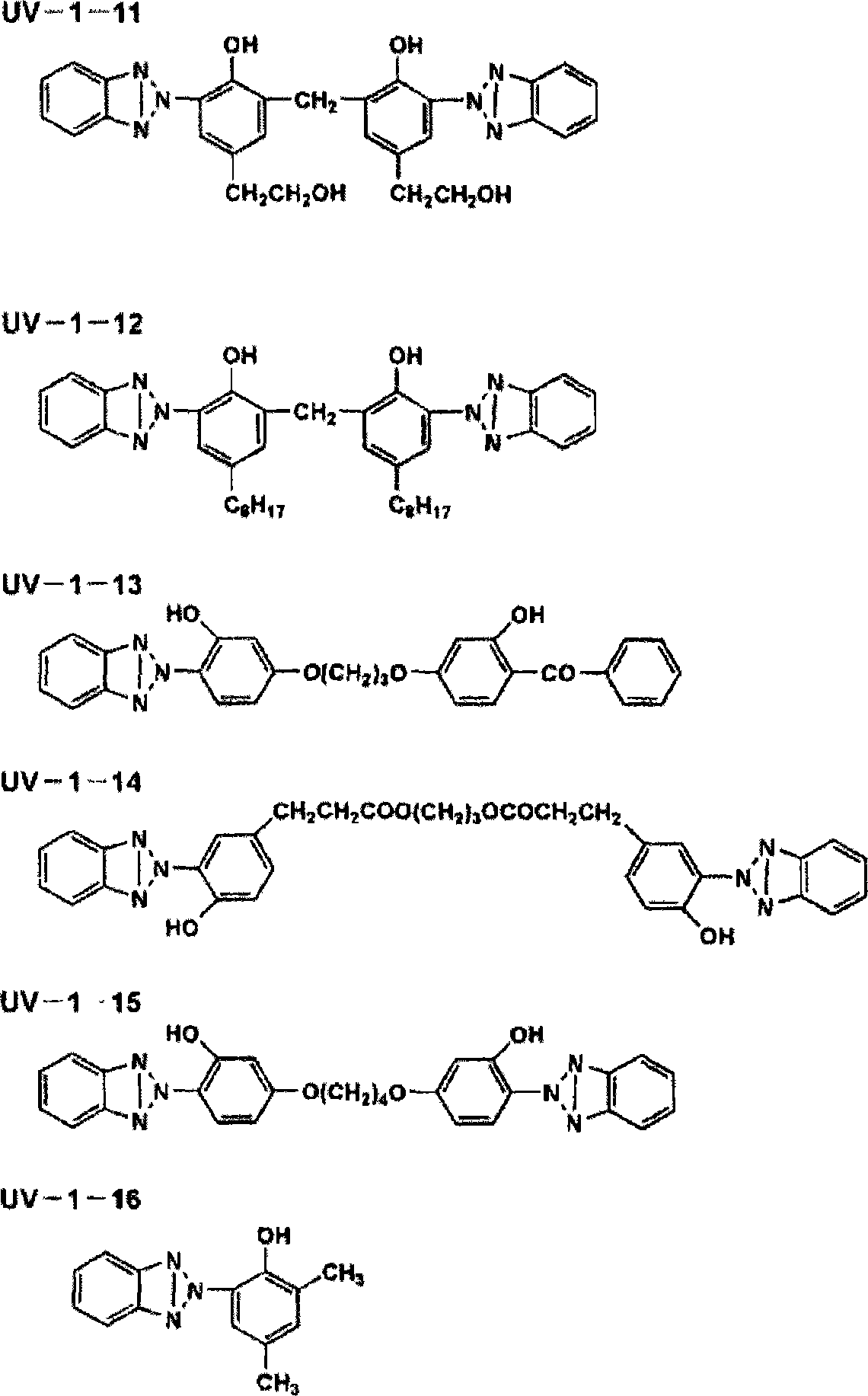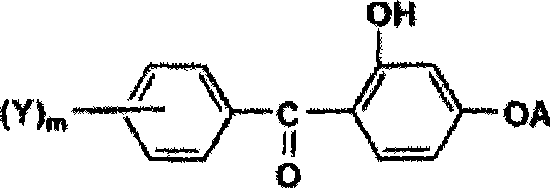Printing plate material
A printing plate and particle technology, applied in printing, printing plate, printing plate preparation, etc., can solve problems such as pollution, wet water or ink pollution, and reduced sensitivity, and achieve good stability in the bright room, good printing effect, and easy operation sex good effect
- Summary
- Abstract
- Description
- Claims
- Application Information
AI Technical Summary
Problems solved by technology
Method used
Image
Examples
preparation example Construction
[0171] In order to prevent unnecessary polymerization of the polymerizable ethylenically unsaturated monomer during the preparation or storage of the printing plate material, the image forming layer of the present invention may contain a polymerization inhibitor in addition to the above components. Examples of suitable polymerization inhibitors include hydroquinone, p-methoxyphenol, di-tert-butyl-p-cresol, pyrogallol, tert-butylcatechol, benzoquinone, 4,4'-thio Bis(3-methyl-6-tert-butylphenol), 2,2'-methylenebis(4-methyl-6-tert-butylphenol), N-nitrosophenylhydroxylamine cerous salt , 2-tert-butyl-6-(3-tert-butyl-2-hydroxy-5-methylbenzyl)-4-methylphenylacrylate, etc.
[0172] The addition amount of the polymerization inhibitor is preferably about 0.01 mass % to about 5 mass % with respect to the mass of the image forming layer. Furthermore, as needed, in order to prevent oxygen from hindering polymerization, it is possible to add a higher fatty acid such as behenic acid or a h...
Embodiment
[0217] Hereinafter, the present invention will be specifically described based on examples, but the present invention is not limited thereto. In addition, the "part" in an Example means a "mass part" unless otherwise indicated.
[0218] (production of support body)
[0219] The support was prepared as follows.
[0220] [support body]
[0221] An aluminum plate (material 1050, tempered H16) with a thickness of 0.24mm is immersed in a 1% by mass sodium hydroxide aqueous solution at 50°C, and dissolved so that the dissolved amount becomes 2g / m 2 , After washing with water, it was immersed in a 5% by mass nitric acid aqueous solution at 25° C. for 30 seconds, and washed with water after the neutralization treatment.
[0222] Next, pass through the electrolyte containing 11g / L hydrochloric acid, 10g / L acetic acid, and 8g / L aluminum, using sinusoidal alternating current, at a peak current of 80A / dm 2 Under the condition of , the aluminum plate was subjected to electrolytic rough...
PUM
| Property | Measurement | Unit |
|---|---|---|
| peel strength | aaaaa | aaaaa |
| thickness | aaaaa | aaaaa |
| diameter | aaaaa | aaaaa |
Abstract
Description
Claims
Application Information
 Login to View More
Login to View More - R&D
- Intellectual Property
- Life Sciences
- Materials
- Tech Scout
- Unparalleled Data Quality
- Higher Quality Content
- 60% Fewer Hallucinations
Browse by: Latest US Patents, China's latest patents, Technical Efficacy Thesaurus, Application Domain, Technology Topic, Popular Technical Reports.
© 2025 PatSnap. All rights reserved.Legal|Privacy policy|Modern Slavery Act Transparency Statement|Sitemap|About US| Contact US: help@patsnap.com



